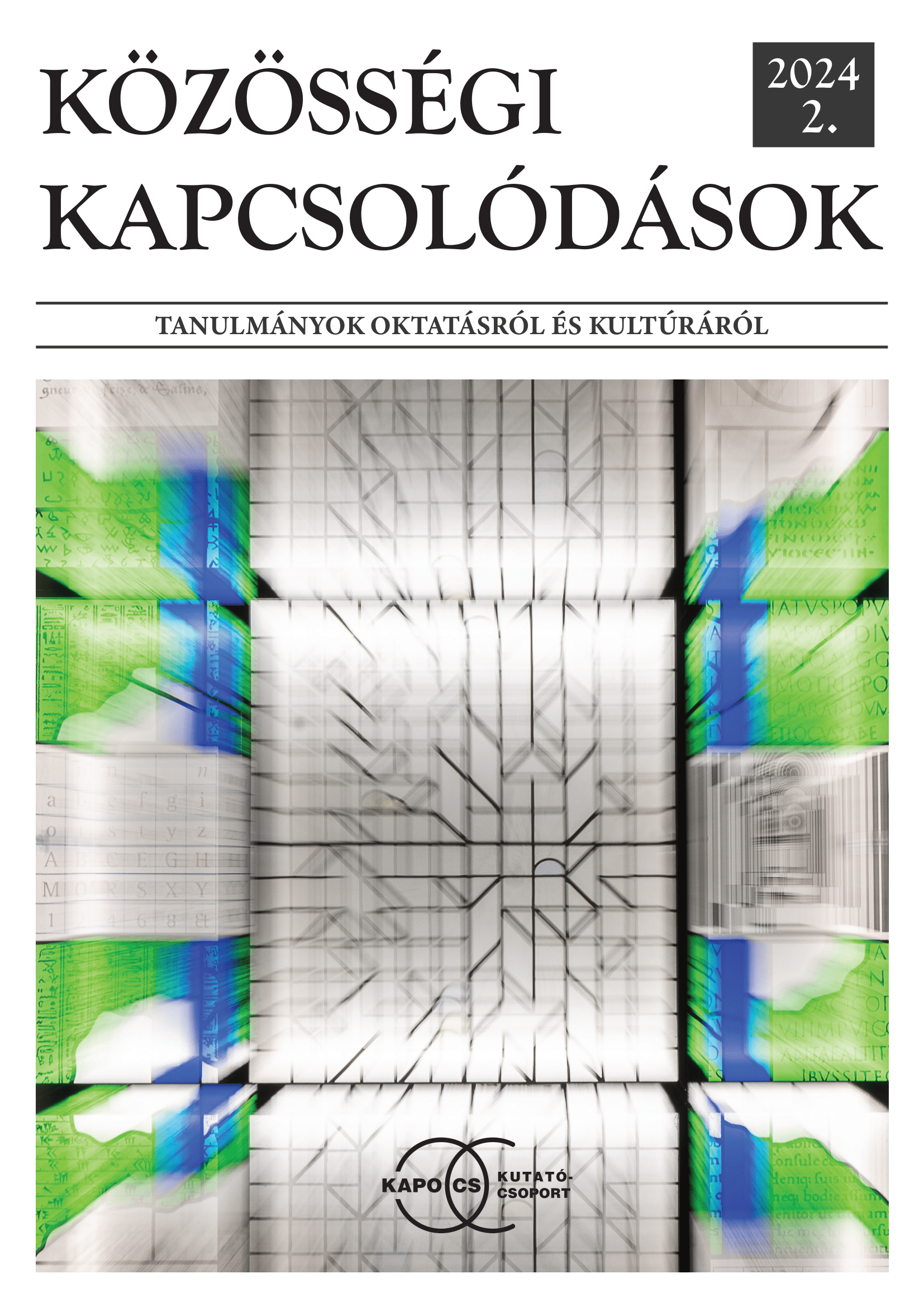Language acquisition and media The connection between language delay and regular screentime
Main Article Content
Abstract
In the advanced world of information and communication technology, the frequency of screen use has become a critical issue in the process of child development. Numerous studies suggest the adverse effects of regular screentime on neurological development, with implications on the onset of speech. The diverse levels of linguistic development in children entering kindergarten are quickly noticeable, with the extent and nature of these differences influenced by environmental stimuli in addition to individual aptitudes and hereditary factors.
The aim of this study is to determine the number of children with delayed speech development entering kindergarten in a specific region, and to compare this with screen usage habits defined in the literature. We will review in detail the changes in the extent of language delay, regular screen use, and its consequences, supplemented by our own sample data. The extent of vocabulary growth determines later learning abilities, comprehension, reading, and spelling skills, while also affecting adaptation to the kindergarten community.
The rapid advancement of information and communication tools and their integration into the everyday lives of increasingly younger age groups should also be examined in relation to language development. A natural response to the high proportion of linguistically delayed children is a review of kindergarten pedagogical methods and an exploration of innovative opportunities for vocabulary expansion.

